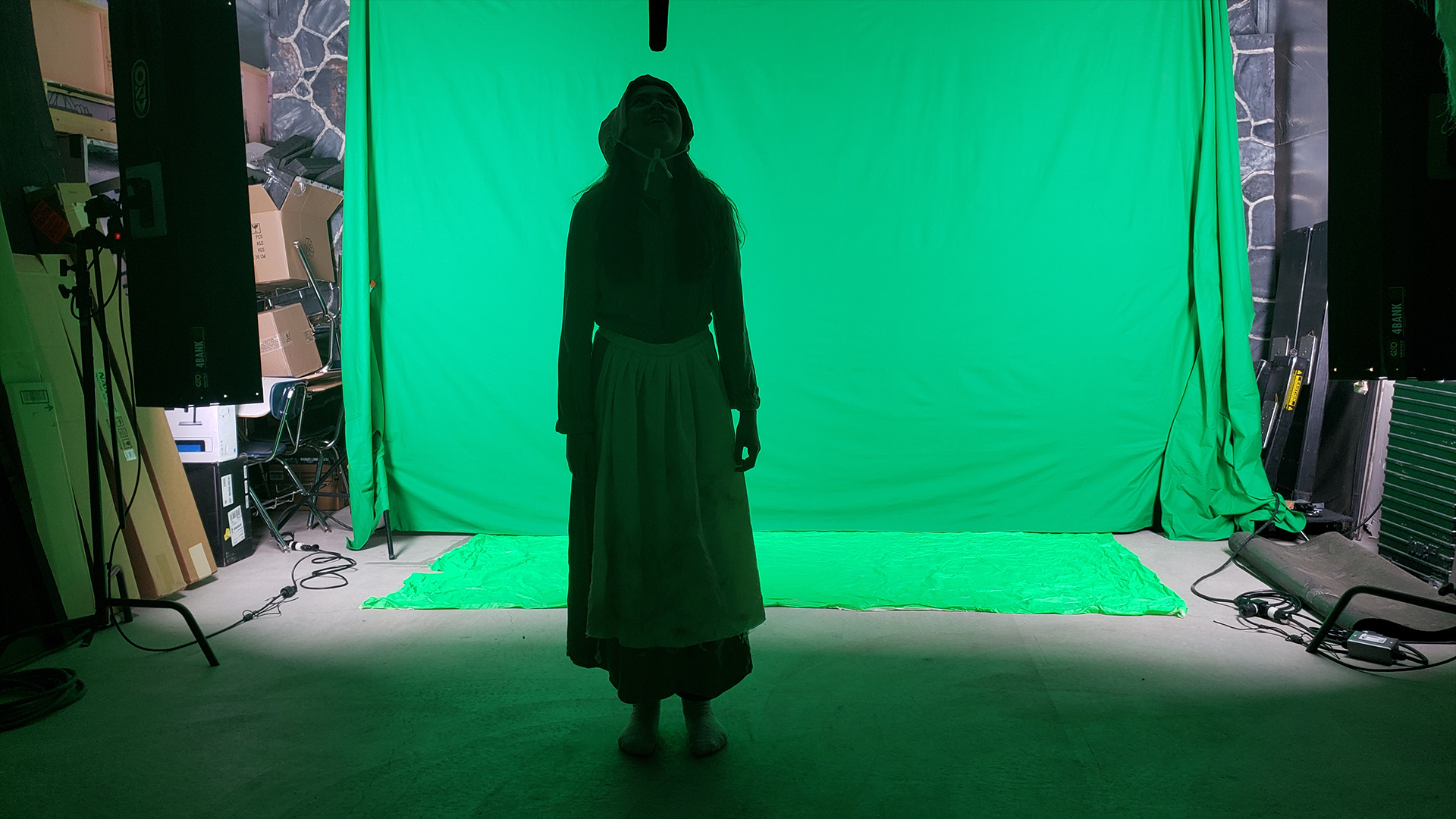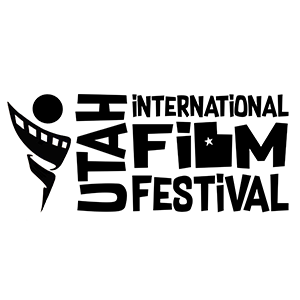“I Be A Witch”: A Tale of Accusation and Redemption


When a filmmaker feels a urge to tell a story the world seems to throw every obstacle imaginable to prevent the story from being told. But filmmakers that can overcome these challenges are rewarded with a tale that can reach a wide audience throughout the rest of time. Such is the case with the filmmakers I was able to interview about “I Be A Witch.”
In the heart of Salem, where the shadows of the past linger, a compelling narrative comes to life in the upcoming film “I Be A Witch.” Co-Directors Cherie Julander and Matthew C. S. Julander along with their dedicated team bring the story of Ann Foster, a woman accused of witchcraft during the infamous Salem Witch Trials, to the silver screen. With a talented cast the film captivates audiences with its historical authenticity and emotional depth.
The story behind “I Be A Witch” finds its roots in the real-life court documents and town records of Ann Foster, a resident of Andover near Salem, Massachusetts.
“Ann Foster was one of several women accused and convicted of witchcraft during the Salem Witch Trials in 1692” said Cherie Julander. “Matthew and I first heard Ann’s story when we attended a friend’s (Lori Prescott Hansen) one woman play about Ann’s life. Her story is so compelling that Matthew instantly saw it as a film. Omar Hansen and Lori Prescott Hansen loved the idea and together, the four of us produced it.”
Julander emphasizes the film’s commitment to historical accuracy, drawing extensively from court documents and town records. As direct descendants of Ann, both Julander and Prescott Hansen felt a personal connection to the story, making it essential for them to honor Ann’s narrative faithfully.

“As it is a narrative film, we had to make choices about Ann’s mental state, and how characters felt about the events in their lives. Ann has several moments of reflection that we had to write ourselves–and we had to guess how she would be feeling or what she would be saying to herself in these quiet moments.”
With a budget of $15,000, the filmmakers acknowledged that a significant portion went to compensating the talented cast and crew.
“Matthew and I are lucky in that we owned most of the gear, props, and set pieces necessary for our film. A lot of the pre-production work was done by Matthew and myself over many months. We used our garage as a studio and built the set over three months.”

The decision to tell Ann Foster’s story through film, rather than other mediums like a book or play, reflects the filmmakers’ desire for longevity and widespread reach.
“Lori produced this story as a one-woman play, and had a great response. However, she only performed the piece a handful of times for around 100 people total. As a film, the story of Ann Foster can be sent across the nation and all over the world. Much of the literature surrounding the Salem Witch Trials focuses on the wild antics of the young girls, or the corruption of the legal system, or the collective group of puritans accused of witchcraft. This story is different. This is Ann Foster’s story, and the story of how events in her life affected her and her family. Because so much of the story is emotional, film makes sense. In film–with talented actors–the slightest of looks can speak volumes.”

The casting process for “I Be A Witch” was a stroke of luck for the filmmakers. Through social media posts, casting calls, and auditions, they discovered a cast that exceeded their expectations. Some actors were familiar faces, while others were new talents drawn to the project through auditions.
Reflecting on the production process, Julander highlighted the joy of making the film, emphasizing the camaraderie and creativity that flourished among the cast and crew.
“My favorite part was not the film itself, but absorbing the whole process and making new friends” said Lori Prescott Hansen. “Also, I loved finding creative ways to create things we didn’t have the budget for.”

However, the filmmakers faced challenges, particularly in creating an authentic world with a small budget. The decision to stylize the portrayal of Ann’s story allowed for creative flexibility, but it also posed challenges in maintaining authenticity. Additionally, shooting in a garage without heating or air conditioning added to the difficulty, especially when filming stretched across different seasons.
When asked about things they would have done differently, Lori Prescott Hansen emphasized “spending more time fundraising and being bolder in that respect.” Cherie Julander reflected on the inevitable unexpected challenges during filming but expressed contentment with the major aspects of the production.

As the film starts its festival journey, the team is eagerly awaiting news on its premiere. Updates on “I Be A Witch” can be found on their social media channels and website. For those curious about future projects, updates can be tracked on grizzlysmithmedia.com and the Great Bear Folk Theatre Facebook page.
‘I Be a Witch” stars Lori Prescott Hansen as Ann Foster, Cherie Julander as Mary Foster Lacy, Ayden Tyler Hatch as Andrew Foster Jr., Ashley Coles as Mary Lacy Jr., Shane Morrisun as Hugh Stone, Elwon Bakly as Magistrate 1, William McAllister as Magistrate 2, Matt Mascaro as Magistrate 3, Stephen Lesser as Magistrate 4, Joel Applegate as Andrew Foster Sr. and Kandace Robertson as Hannah Foster Stone.

The crew includes Cherie Julander as the director/producer/Writer, Matthew C. S. Julander as director/producer/DP, J Omar Hansen and Lori Prescott Hansen also as producers
And now it’s time for me to get back on the road to look for the next great story from behind the lens. See you on set.






1 thought on ““I Be A Witch”: A Tale of Accusation and Redemption”
Comments are closed.